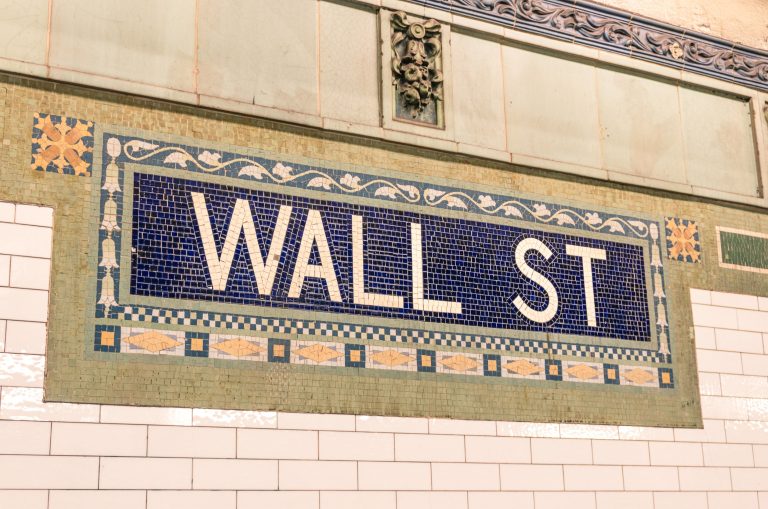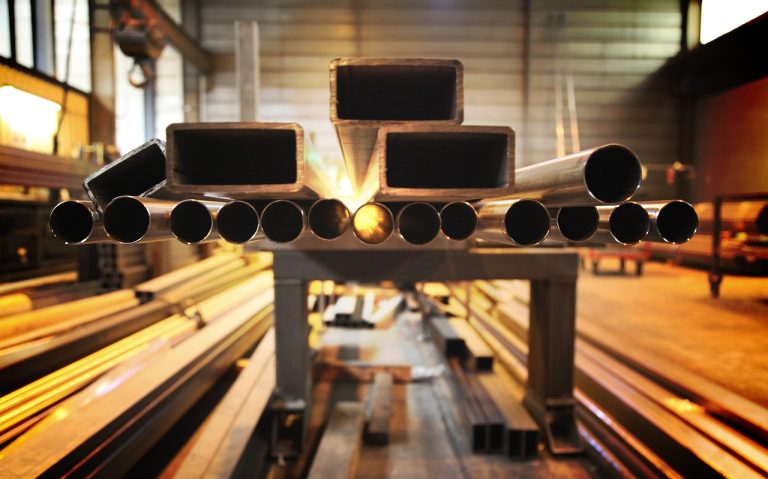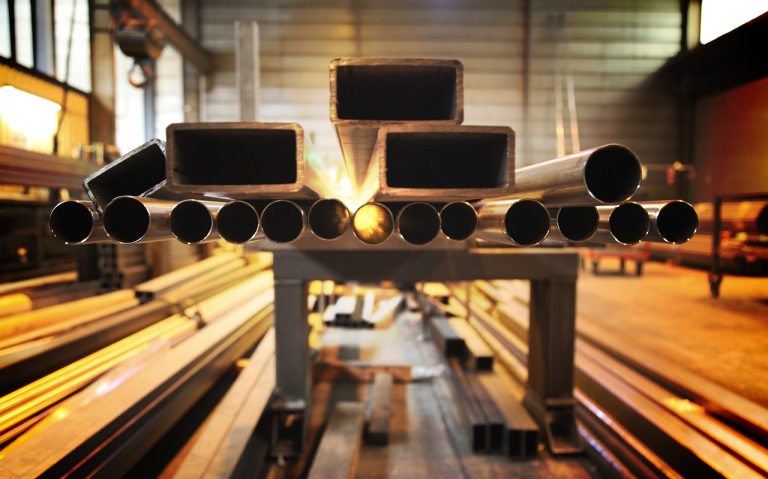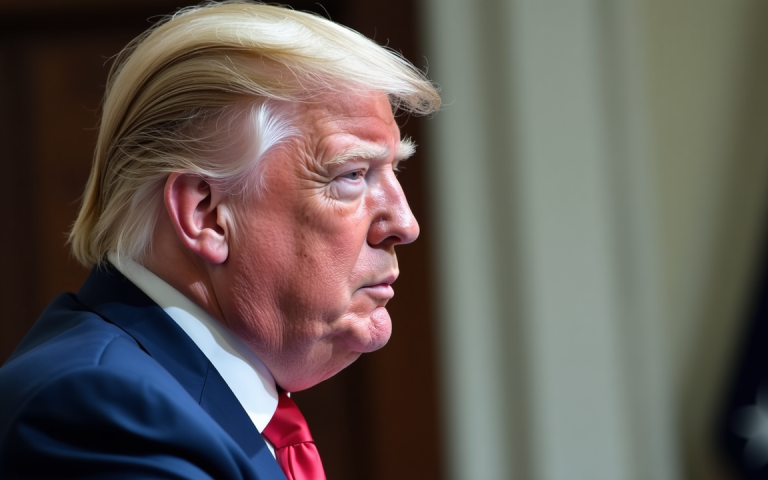European stock markets are poised for a positive start on Wednesday, signaling a rebound in investor confidence as anxieties surrounding US-China trade relations and the independence of the US Federal Reserve appear to ease.
The improved sentiment follows reassuring comments from President Donald Trump and a strong rally on Wall Street.
Early indicators suggest a firm opening across the continent.
According to data from IG, the UK’s FTSE 100 is anticipated to open 86 points higher at 8,418, Germany’s DAX is projected to gain 457 points to 21,739, France’s CAC 40 is expected to rise 84 points to 7,402, and Italy’s FTSE MIB is seen opening 446 points higher at 35,906.
This optimistic outlook stems largely from developments in the US on Tuesday.
Global markets, including a sharp rally in US stocks, reacted positively after President Trump stated he has “no intention” of firing Federal Reserve Chair Jerome Powell before his term concludes next year.
Trump’s previous criticisms and hints at potentially removing Powell had stoked fears about the central bank’s autonomy, a key pillar of market stability.
Furthermore, investor nerves regarding the US-China trade conflict were somewhat calmed.
While details remain sparse, President Trump indicated that final tariffs on Chinese exports “won’t be anywhere near as high as 145%,” although he cautioned that the duties “won’t be 0%.”
These hints, combined with earlier comments from Treasury Secretary Scott Bessent suggesting an eventual “de-escalation,” fueled hopes for a potential breakthrough in the standoff.
US stock futures extended gains overnight following these developments, providing a positive lead for Asian and European sessions.
While global macro concerns ease slightly, investors in Europe turn their attention to regional factors.
Key data releases today include the latest purchasing managers’ index (PMI) readings, which offer insights into the health of the Eurozone’s vital services and manufacturing sectors.
Corporate earnings will also be scrutinized, with reports due from UK banking giant NatWest and Heathrow Airport.
Corporate contrasts: SAP shines, Volvo stalls
Early corporate news presented a mixed picture. German software behemoth SAP announced impressive first-quarter results Wednesday morning.
Operating profit surged 60% year-on-year to 2.3 billion euros ($2.6 billion), a significant turnaround from the 787 million euro loss recorded in the same period of 2024.
Revenue climbed 12% to 9 billion euros, driven by strong cloud performance (backlog up 28%).
Earnings per share jumped 79% to 1.44 euros.
According to CNBC, SAP CEO Christian Klein stated the results showed “our success formula is working,” adding:
SAP’s business model remains resilient in uncertain times… Our AI-powered portfolio enables companies to navigate supply chain disruptions… and to unlock efficiencies with agility and speed.
SAP recently overtook Novo Nordisk to become Europe’s most valuable listed company.
In contrast, Swedish truck maker Volvo reported a 7% year-on-year decline in net sales for the first quarter of 2025, explicitly citing the impact of President Trump’s tariff regime.
Vehicle sales were down 9% annually, although the service business grew modestly. “As the quarter went by, there was increased uncertainty surrounding tariffs and their effect on global trade,” commented Martin Lundstedt, President and CEO of Volvo.
The company’s operating income fell to SEK 13.3 billion ($1.39 billion) with a margin of 10.9%, down from SEK 18.2 billion and a 13.8% margin a year prior, illustrating the tangible impact of trade friction on manufacturers.
Gold eases from highs
Reflecting the shift towards slightly improved risk appetite, spot gold prices retreated on Wednesday after briefly surpassing the $3,500 per ounce mark earlier in the week.
The precious metal, which benefits from uncertainty, eased following President Trump’s more conciliatory comments on trade and the Fed. By 8:50 a.m. Singapore time, gold had slid 0.55% to trade at $3,362.85 per ounce.
The post Europe markets open: Gains expected after Trump walks back Powell dismissal, trade hopes rise appeared first on Invezz










